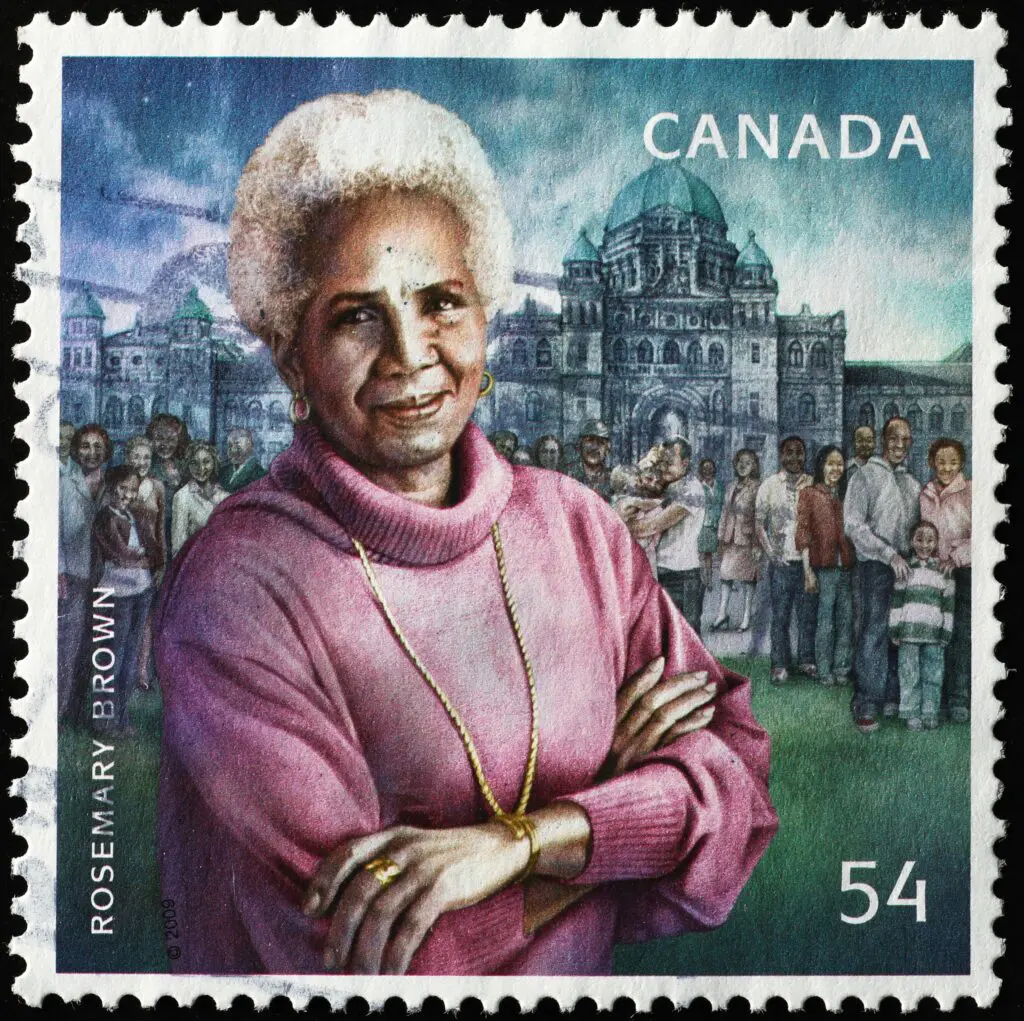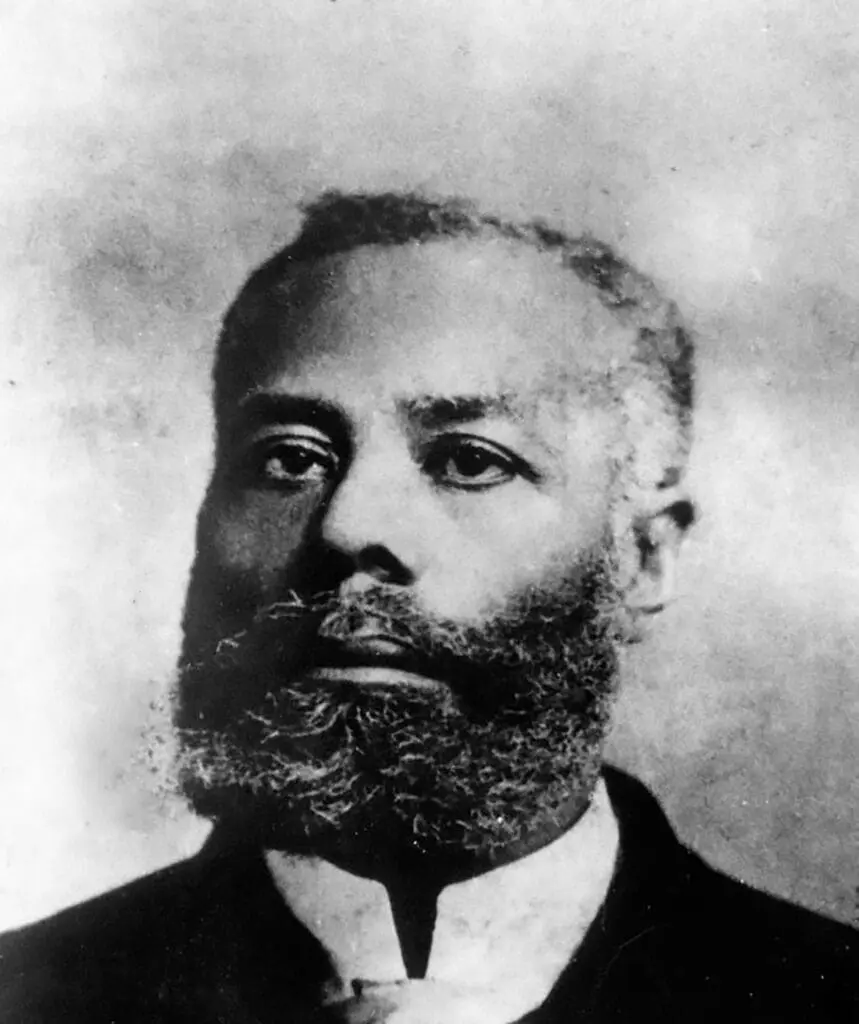Each year, harsh winter temperatures make the lives of Vancouver’s homeless population even more difficult. Sleeping on the streets in the winter can be potentially life-threatening and with temperatures dropping as low as -9°C last year, finding shelter for the homeless community during the coming months is a huge concern for city officials.
Vancouver’s HEAT (Homeless Emergency Action Team) shelters first opened in 2008, and provide temporary additional beds during the winter months. The operation has grown steadily over the years, and this winter will provide 170 beds at four locations in the city.
For students pursuing community support worker training, an organization like HEAT serves as a valuable case study, demonstrating how the skills you’ll learn on your course can be put into action in society.
How Professionals With CSW Training Make HEAT Shelters Work
HEAT operates temporary shelters in different locations each year around the city. The facilities are ‘low-barrier,’ meaning that homeless people are allowed to bring in shopping carts of possessions and pets. The facilities provide meals, 24-hour access, and secured mats.
The shelters are managed by experienced professionals with CSW training from RainCity Housing and Support Society. Outreach workers approach homeless people in the streets during the day to direct them to the shelters, issuing tickets to secure their bed. They also solicit donations from the public for bedding and other supplies like socks, gloves, towels, and new underwear.
Successes & Future Challenges for HEAT’s Community Support Workers
HEAT staff work to connect homeless people to community resources, and an estimated 55 per cent of people staying in winter shelters transitioned into permanent housing in 2012, with a further 14 per cent moving to other shelters or rehab programs. Vancouver Councillor Kerry Jang said, “In HEAT, they have time to get their health together, they get to eat and sleep, they gain weight […] they provide that moment in time to stabilize someone.”Areas near HEAT shelters have also reported reductions in disorderly street behavior, and some studies have estimated that homeless mortality rates have halved since the scheme began.
Nonetheless, there are still many challenges for HEAT to overcome. There is an estimated 1,746 homeless people in the city, and on particularly cold nights shelters struggle to provide beds to fill demand. Nonetheless, no-one is turned away at a HEAT shelter, with Raincity’s Sean Spear advising that “we’ll bring them inside, get them warm, give them a meal and our staff help them try to find another shelter bed.’
How To Use Your CSW Training To Work With The Homeless
Working in outreach positions among the homeless community with organizations like HEAT is a rewarding option for individuals enrolled in CSW courses, who are compassionate and want to promote inclusiveness within the community. In addition, people with mental illness tend to be disproportionately affected by homelessness, and often for far longer than people in good mental health. Having individuals in services like HEAT who specialize in dealing with individuals with developmental disabilities is essential to give these vulnerable people the help they require.
Want to become a community support worker?
Visit Stenberg for more information about our course!






